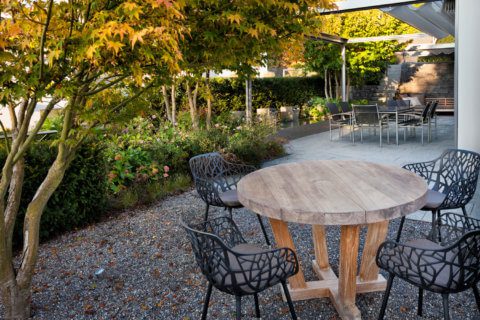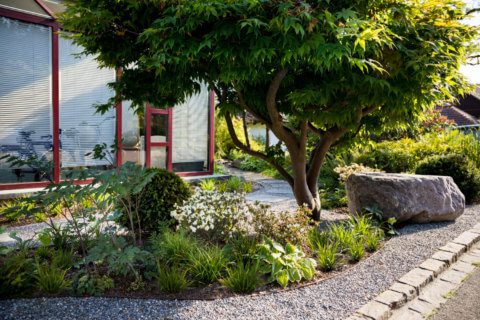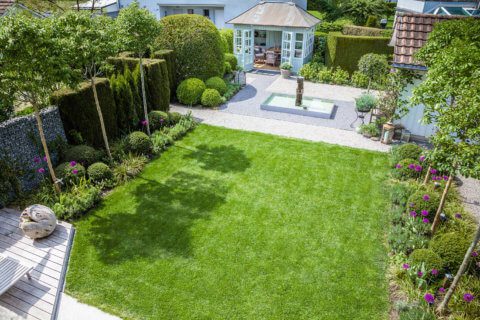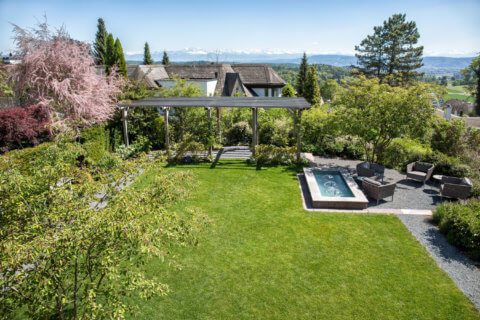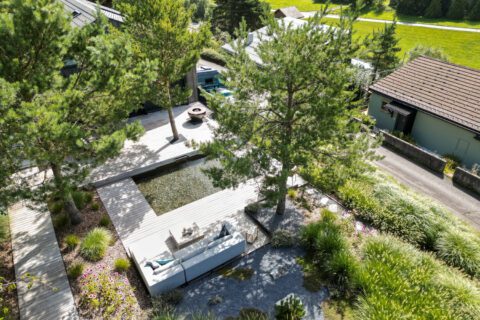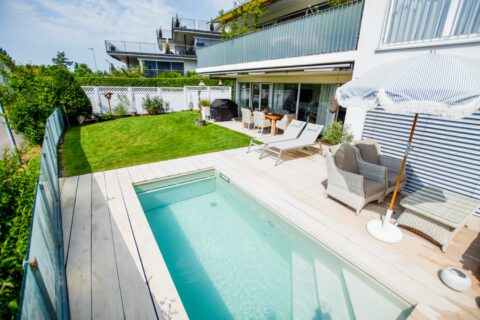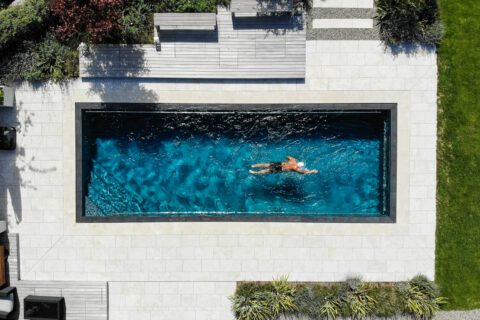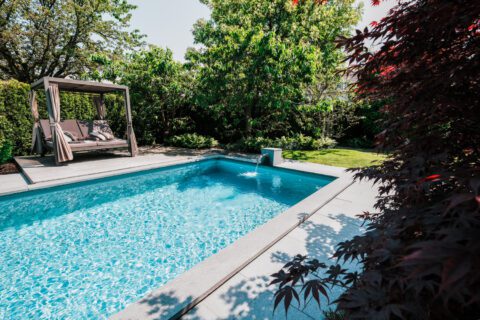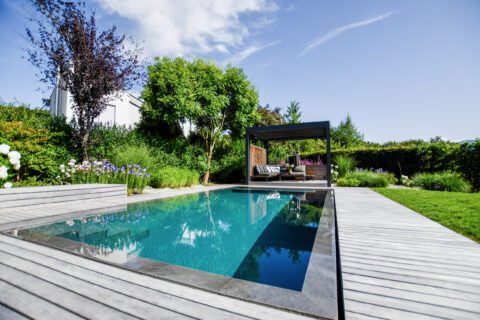Gardens in small spaces pose special challenges for garden design. How do you balance the lawn, seating area, flowerbed and trees without cluttering the space? Overall, the rule "less is more" offers itself as a solid concept basis without having to make sacrifices in comfort or design. Bringing tranquility to the design is therefore a top priority.
The art of omission
For small gardens, prioritization is key: instead of squeezing all the details of a large garden into a small space, it pays to focus on selected highlights. In this way, the space is not overloaded and the garden appears pleasantly tidy and structured. Restraint is also called for when it comes to materials. For privacy screens, for example, a thin wooden wall is more suitable than a hedge that takes up a lot of space.
Restrained planting
A smooth transition between indoor and outdoor space increases the living area in a harmonious way, bringing the living space in line with the garden. To visually create more space, small tricks are very effective: for example, plant borders can be arranged around the edge of a central lawn, creating a sense of more space. Dual-use furnishings are also useful, for example, a chest with storage space can double as a seat. When choosing plants, it is generally advisable to go for low planting, umbrella-shaped woody plants or transparent shrubs. Here again, it is important to limit yourself to a few plant varieties and thus bring tranquility into the design.


